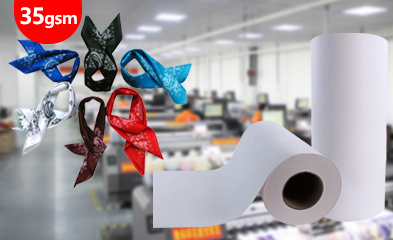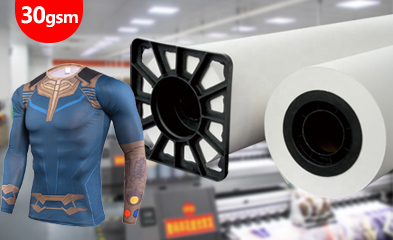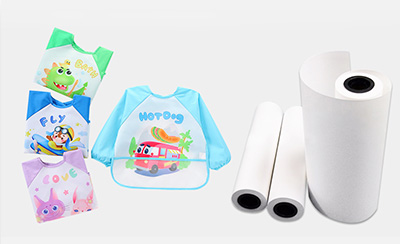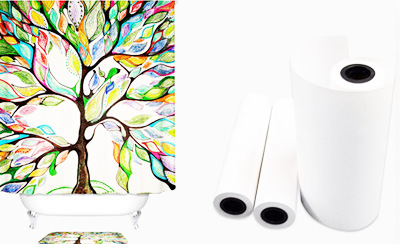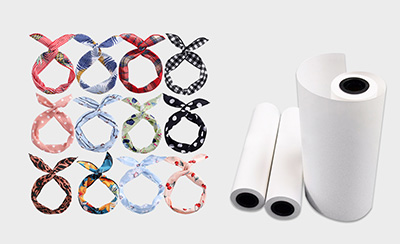HOT SALE
APPLICATION
Contact: Whatsapp:8618268932884 Email:helen.cf@changfatextile.com
1.Analysis of Digital Printing Technology
Digital printing is an innovative process that utilizes digital technology for printing. Its emergence stems from the continuous evolution of computer technology, representing a high-end and emerging product that integrates machinery, computers, and electronic information technology. The emergence and improvement of this technological trend has led a new trend in the textile printing and dyeing industry, providing unparalleled development opportunities. Its leading production principles and methods have brought unprecedented innovative power.
2.Analysis of Digital Printing Process
Digital printing involves importing patterns in digital form into a computer, compiling and processing them through a computer-aided design (CAD) system for printing color separation and tracing, and finally spraying special dyes directly onto textiles with computer-controlled micro piezoelectric inkjet heads to form the desired patterns. Digital printing can be subdivided into five major categories: acid digital printing, reactive digital printing, pigment digital printing, dispersed heat transfer printing, and direct disperse inkjet digital printing, which can meet the needs of almost all textile materials, such as wool, silk, cotton, linen, viscose fiber, nylon fiber, chemical fiber, blended fabric, non-woven fabric, ceramics, and so on.

Firstly, the unparalleled fineness of colors and patterns greatly enrich the visual effects of textiles.
Secondly, it can meet people’s growing personalized needs and improve the quality of life.
Thirdly, it helps to promote the development of “green textiles” and “green manufacturing”, and enhance the sustainability of the textile industry.
Digital printing offers richer colors and finer patterns. In terms of color processing, digital printing precisely controls the flow rate through a microcomputer, resulting in rich and vivid dye colors. With the help of a dedicated ICC curve, it can exhibit the ultimate color effect. In terms of pattern processing, digital printing uses nano-scale pigment ink, which is sprayed through ultra-precision print heads, achieving a level of fineness far surpassing traditional printing. More importantly, the fineness of digital printing patterns can be precisely controlled by adjusting the ink droplet size of the inkjet print head, ensuring the precision and effectiveness of printing.
The emergence of new digital inkjet printing technology brings both challenges and opportunities. The appearance of digital printing requires Chinese textile enterprises to strengthen technological innovation, continuously improve their technical level, and also need to strengthen the awareness of green environmental protection and promote green production. Chinese textile enterprises must seize the opportunity to embrace a new round of technological innovation and industrial upgrading.



